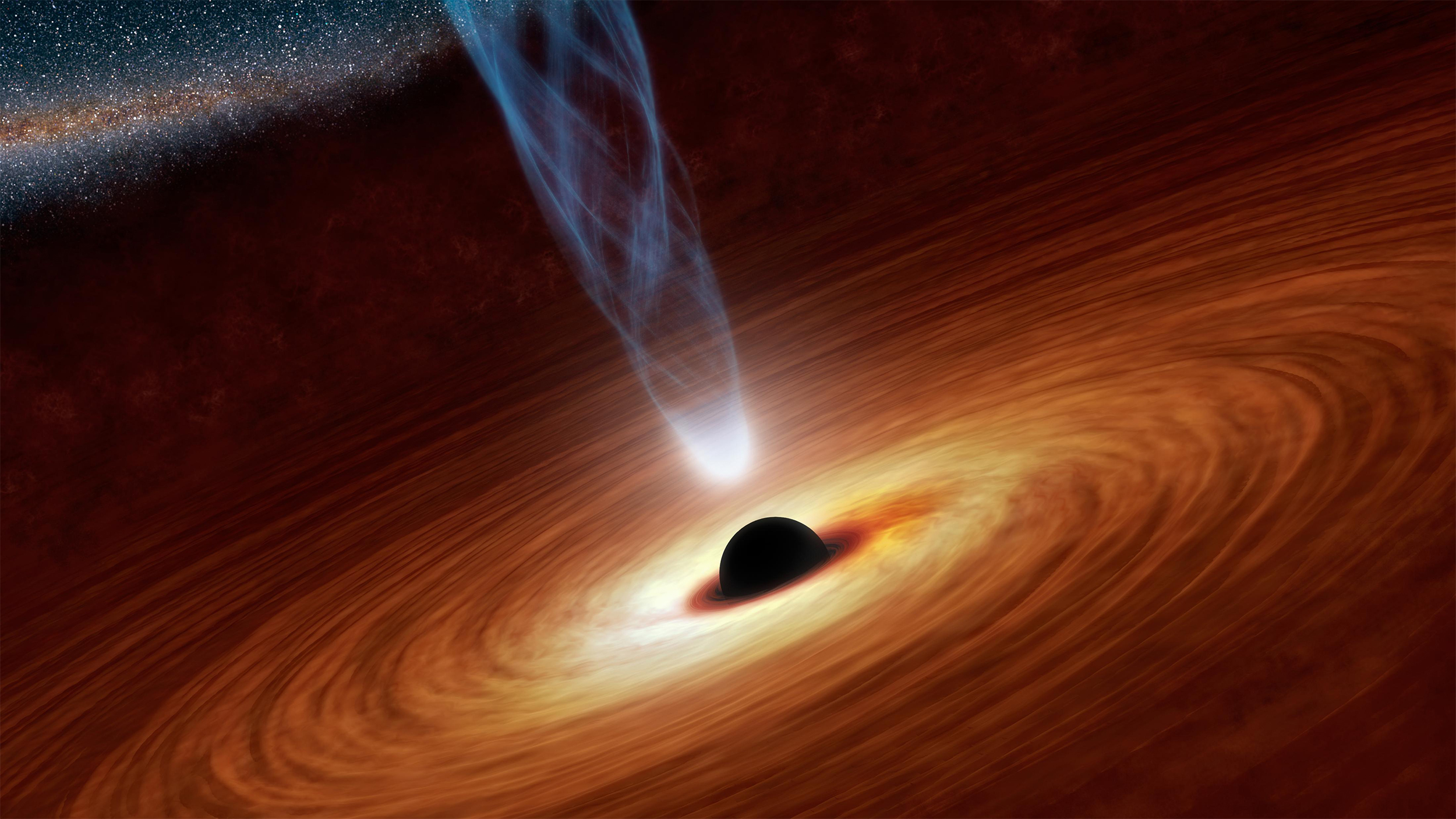A mission that has changed the manner in which we study Earth's gravitational powers has been perceived with an honor for assisting researchers with bettering comprehend our home planet. NASA and the U.S. Branch of the Interior introduced the desired William T. Pecora Award to the Gravity Recovery and Climate Experiment (Grace) mission group.
Need to get thinner quick? No compelling reason to change your eating regimen – simply move to higher ground. This weight change is the consequence of variances in Earth's gravity, which another high-goal map shows are more noteworthy than thought.
Gravity is regularly thought to be a similar wherever on Earth, yet it fluctuates in light of the fact that the planet isn't completely round or consistently thick. Likewise, gravity is more vulnerable at the equator because of outward powers delivered by the planet's pivot. It's likewise more fragile at higher elevations, further from Earth's middle, for example, at the culmination of Mount Everest.
The two organizations present individual and gathering Pecora Awards yearly to respect remarkable commitments in the field of distant detecting and its application to getting Earth. The honor was set up in 1974 to respect the memory of William T. Pecora, previous overseer of the U.S. Topographical Survey and under secretary of the Department of the Interior.
"We praise the Grace group for its incredible accomplishments, which are demonstrations of the initiative, vision and innovativeness of each colleague," said Alan Stern, partner overseer for NASA's Science Mission Directorate, Washington. Harsh introduced the honor to the Grace group Monday, Dec. 10, at the American Geophysical Union fall meeting in San Francisco. Jim Devine, senior counsel for science applications at the U.S. Topographical Survey, addressed the Department of the Interior at the honor show.
Christian Hirt of Curtin University in Perth, Western Australia, and associates consolidated gravity information from satellites and geographical information to plan gravity changes between scopes 60° north and 60° south, covering 80% of Earth's territory masses.
The guide comprises of in excess of 3 billion focuses, with a goal of around 250 meters. Figuring gravity at five focuses would require 1 second on a customary PC, yet the group utilized a supercomputer to do the entire part in three weeks.

